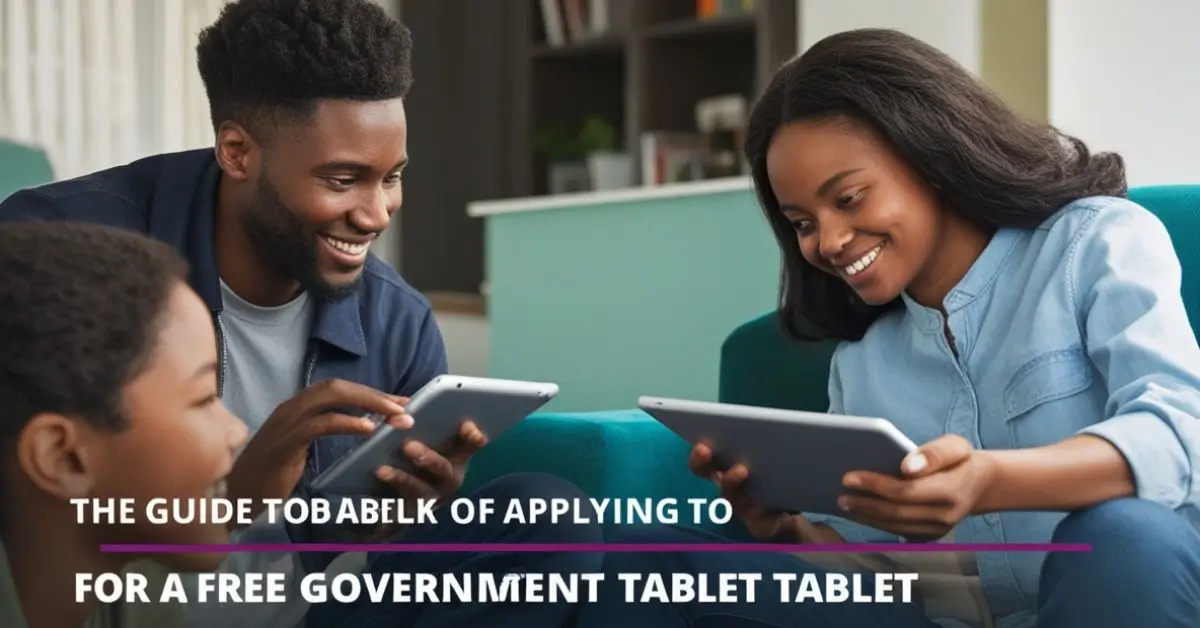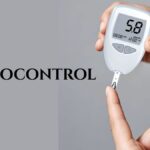The digital world is fast becoming the cornerstone of modern living, where access to technology often dictates opportunities for learning, employment, and communication. Recognizing this need, governments around the globe have introduced programs to provide free or discounted tablets to eligible individuals, ensuring equitable access to the digital world.
This guide breaks down the process of applying for a free government tablet, covering everything from eligibility requirements to application tips, so you can take full advantage of these programs.
What Are Free Tablet Programs?
Free tablet programs are initiatives aimed at reducing the digital divide by providing devices to individuals and families who otherwise cannot afford them. These programs often focus on low-income households, students, senior citizens, and individuals living in underserved areas.
Typically, these initiatives are part of broader government efforts to ensure everyone has access to the internet, essential for education, work, and accessing public services.
Who Qualifies for a Free Government Tablet?
Eligibility criteria can vary slightly depending on the program and region, but the most common requirements include:
- Income-Based Qualification:
- Your household income is at or below a specific percentage of the Federal Poverty Guidelines, often 135% or 200%, depending on the program.
- Participation in Government Assistance Programs:
Many free tablet programs use enrollment in government assistance as a benchmark for eligibility. Examples of qualifying programs include:- Supplemental Nutrition Assistance Program (SNAP)
- Medicaid
- Supplemental Security Income (SSI)
- Federal Public Housing Assistance (FPHA)
- Veterans Pension and Survivors Benefit
- Tribal-specific programs like Tribal TANF
- Residency in Tribal Lands:
Some programs offer enhanced benefits to individuals living on Tribal lands, such as higher service discounts or additional device availability. - Student and Educational Support:
Students from low-income families often qualify for these programs, particularly when enrolled in schools participating in educational technology initiatives.
Steps to Apply for a Free Tablet from the Government
The application process is straightforward but requires careful attention to detail. Here’s a step-by-step breakdown:
1. Research Available Programs
Start by identifying the programs available in your area. Each region may have different providers participating in government-funded initiatives. Local internet service providers or government websites often list these programs.
2. Check Your Eligibility
Verify that you meet the program’s criteria. Use your household income, government assistance enrollment, or other relevant details to confirm eligibility.
3. Gather Necessary Documents
Prepare all required documentation to streamline the application process. Commonly required documents include:
- Proof of Identity: Government-issued ID, passport, or driver’s license.
- Proof of Income: Tax returns, pay stubs, or official benefit award letters.
- Proof of Participation in Assistance Programs: Official letters or cards showing enrollment in qualifying programs.
- Proof of Address: Utility bills or other official documents showing your current residence.
4. Submit an Application
Applications can typically be completed online or in person through participating service providers. Ensure you double-check all details before submission to avoid delays.
5. Await Approval
Once you’ve submitted your application, the provider will review your documents. Approval times can vary, so be patient. Many providers notify applicants via email or phone.
6. Receive and Activate Your Tablet
After approval, you’ll receive instructions on how to obtain your tablet. Some programs ship devices directly to your address, while others require you to pick them up at designated locations.
Common Programs Offering Free Tablets
- Affordable Connectivity Programs (ACP):
This initiative offers discounted internet services and a one-time discount on tablets, laptops, or desktop computers. Eligible applicants may receive up to $100 toward purchasing a device, provided they contribute a small portion of the cost themselves. - Lifeline Assistance Program:
Lifeline is a long-standing program providing discounted phone and internet services. Certain providers under this program also offer free or discounted tablets as part of their plans. - Special Educational Initiatives:
Many schools and educational bodies collaborate with government programs to distribute tablets to students for remote learning and educational advancement.
Tips for a Successful Application
- Accuracy is Key: Ensure all your details match the information on your documents. Even small discrepancies can lead to delays or rejection.
- Apply Early: Some programs have limited funding, so applying sooner increases your chances of approval.
- Follow Up: If you don’t hear back within the expected timeframe, contact the program or provider to check your application status.
- Leverage Local Resources: Many community centers or libraries offer free assistance for individuals applying to government programs.
Benefits of Owning a Free Government Tablet
- Access to Education:
Tablets make it easier for students to access online classes, research materials, and educational apps. - Job Opportunities:
Job seekers can use tablets to search for employment, build resumes, and attend virtual interviews. - Connectivity:
Staying connected with family, friends, and essential services becomes much easier with a reliable device. - Digital Literacy:
A tablet provides an excellent starting point for individuals to build their digital skills, which are crucial in today’s tech-driven world.
Comparison of Government Tablet Programs
| Feature | Affordable Connectivity Program (ACP) | Lifeline Program | Educational Initiatives |
|---|---|---|---|
| Discount on Internet | Up to $30/month ($75 on Tribal lands) | Up to $9.25/month | Varies based on institution |
| Device Discount | Up to $100 (small co-payment required) | Device discounts vary by provider | Usually free for students |
| Eligibility | Income below 200% of poverty guidelines | Income below 135% of poverty guidelines | Enrolled students in participating schools |
| Availability | Nationwide | Nationwide | Regional or school-specific |
Challenges and How to Overcome Them
- Limited Availability:
Some areas may have fewer participating providers or devices in stock.
Solution: Expand your search to neighboring regions or inquire about waitlists. - Documentation Issues:
Missing or incomplete documents can delay your application.
Solution: Review the documentation requirements carefully before applying and keep multiple copies. - Eligibility Confusion:
Program requirements can vary, leading to misunderstandings.
Solution: Contact the program’s customer support or visit their website for clarification.
Future of Digital Access Initiatives
As technology continues to evolve, governments are likely to expand these programs to include more advanced devices and broader accessibility. Partnerships between public and private sectors could lead to enhanced benefits, ensuring everyone has the tools they need to thrive in a digital society.
Conclusion
Applying for a free government tablet is an excellent opportunity for individuals and families to bridge the digital gap and gain access to vital resources. By understanding the programs, gathering necessary documentation, and following the application steps, you can secure a device that unlocks new possibilities for education, work, and personal growth.
Take the first step today to connect with the digital world and ensure that technology becomes an asset, not a barrier.












